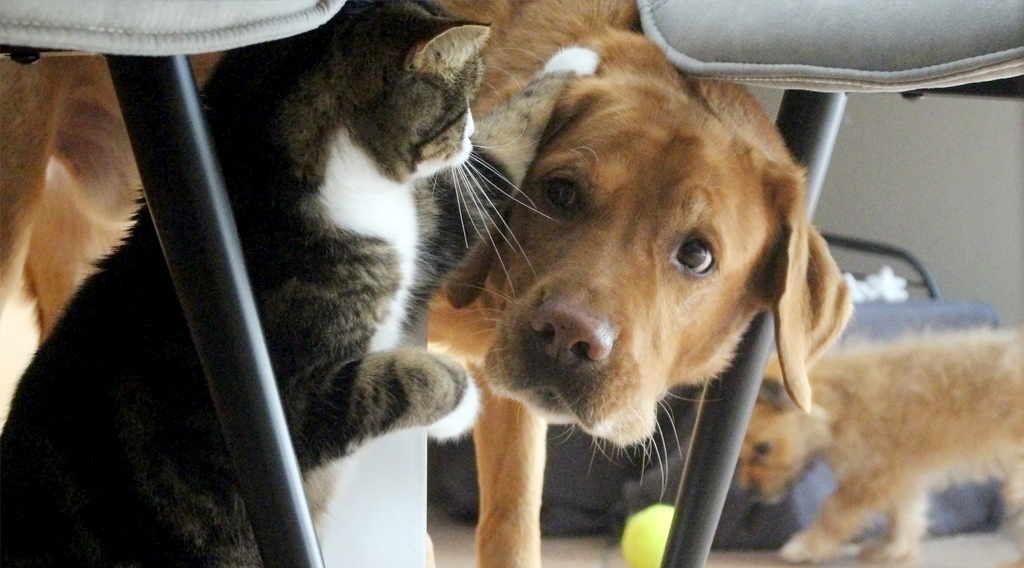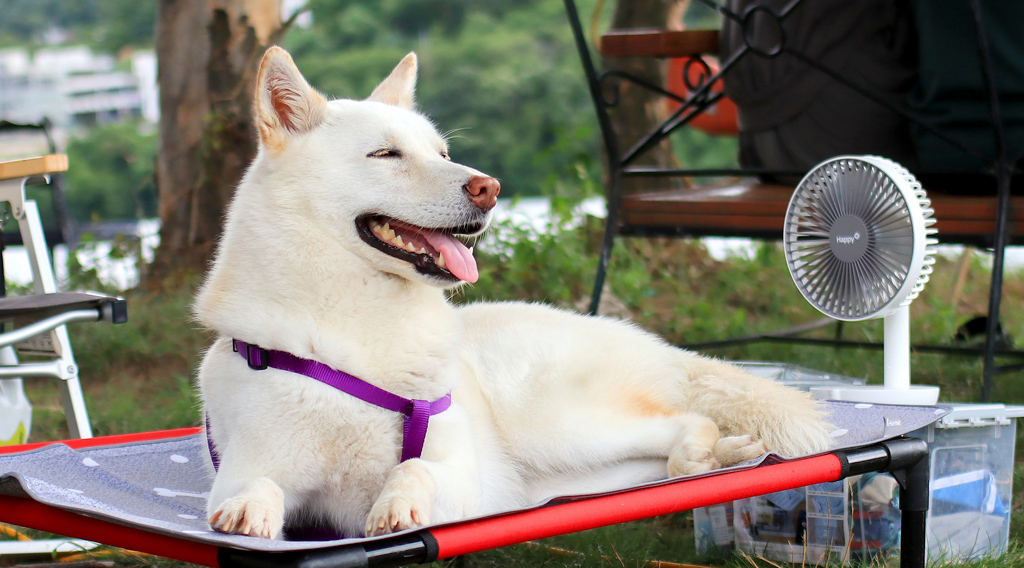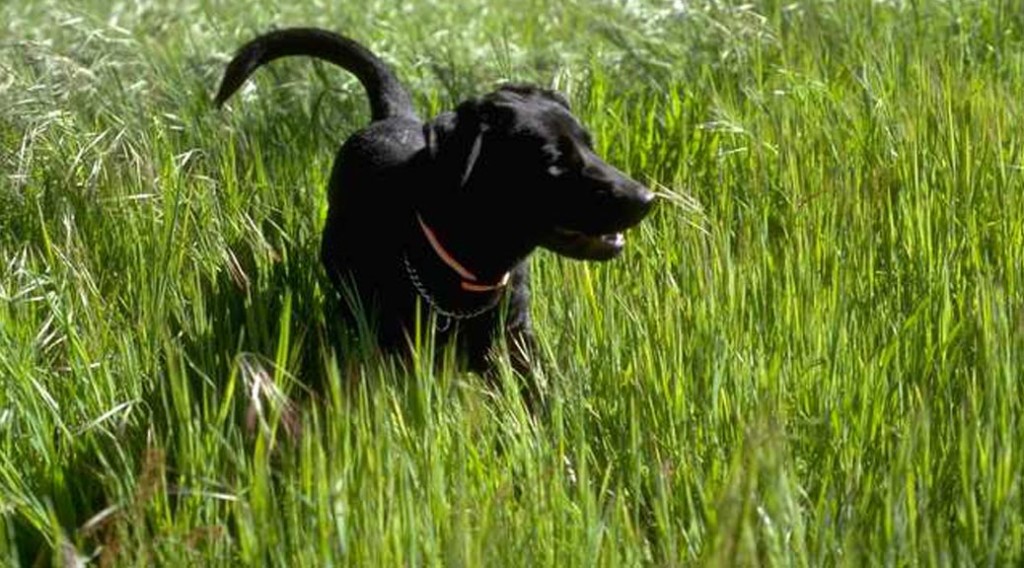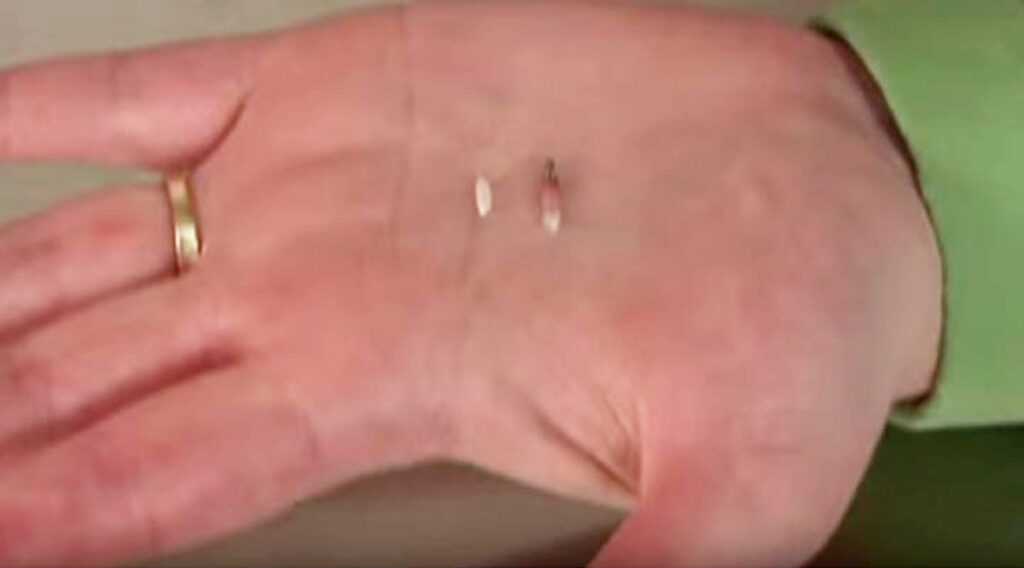Why We Celebrate World Rabies Day
It’s considered “the world’s deadliest infectious disease,” killing almost 60,000 people worldwide each year, even though it’s 100% preventable.
Since 2007, on September 28, we’ve observed World Rabies Day to raise awareness and further improve efforts to prevent the spread of rabies in communities all over the world.
A Day to Celebrate
Health organizations including the Centers for Disease Control and Prevention (CDC), World Health Organization (WHO), the World Organization for Animal Health (WOAH), and the Food and Agriculture Organization of the United Nations (FAO) are collaborating to eliminate all human deaths from rabies caused by dogs by 2030.
Meanwhile, Americans already have cause for celebration on World Rabies Day, September 28, 2025.
Rabies is still present throughout the United States, but our high rabies vaccination rates among dogs and cats have made rabies in our beloved pets and other domesticated animals relatively rare. These days, 90% of reported cases in animals occur in wildlife like bats, raccoons, skunks and foxes.
While about 60,000 Americans get treated every year to prevent rabies infection after being bitten or scratched by an animal that could be rabid, according to the CDC, “The number of rabies-related human deaths in the United States has declined, from more than 100 annually in the early 1900s to just one or two per year.”
How the Rabies Virus Infects People
Rabies is transmitted through broken skin or mucous membranes in the eyes, nose or mouth when they contact the saliva or brain or nervous system tissue of an infected animal. Most often, people contract rabies when bitten by an infected animal. Rarely, people can be infected through scratches, abrasions or open wounds exposed to saliva or other infectious material from a rabid animal.
Once contracted, rabies infects the central nervous system. Without treatment after potential exposure and before symptoms start, the virus can cause disease in the brain, resulting in death.
Effective medical care for a person who may have been exposed to the rabies virus is postexposure prophylaxis (PEP), consisting of a dose of human rabies immune globulin (HRIG) and rabies vaccine given on the day of exposure, followed by doses of vaccine on days 3, 7 and 14. These days, vaccines are given in the upper arm and are relatively painless.
Contact with infected bats is the leading cause of human death from rabies in the US. According to the CDC, 7 of 10 Americans who die from rabies were infected by bats whose bites and scratches can be so small as to go undetected.
Petting a rabid animal or contact with its blood, urine or feces are not associated with risk of infection and not treated as an exposure to the disease. Contact with a person infected by the virus and receiving rabies vaccine is also not considered exposure to the disease and does not require treatment.
If you’ve had contact with wildlife or unfamiliar animals—especially if you’ve been bitten or scratched—you should check with a doctor or a public health professional to see if you’re at risk for rabies.
International Travel Precautions
Rabies remains common in dogs living in many other countries. Most rabies deaths in humans around the world are caused by dog bites. About 25% of reported deaths from rabies among humans in the US were caused by bites from rabid dogs during international travel.
If you plan to travel outside the country, check the CDC’s Travelers Health Destination List of 244 countries before you go, looking for advisories not only about rabies, but many other potential diseases you might be exposed to in the country you plan to visit.
As one example of the available information, see the Destination List entry for Mexico.
Once you and your family arrive at your destination, avoid contact with dogs and other animals—no matter how adorable they appear.
How the Rabies Virus Infects Animals
Rabies infects only mammals—warm-blooded animals with fur (like people). Pets and livestock can get rabies—usually from contact with wildlife—and nearly all that do have not been vaccinated or are not up-to-date on their vaccines.
Fortunately, because laws requiring pets to be vaccinated for rabies are so prevalent, dogs account for only about 1% of rabid animals reported in the US each year.
Some animals, including rabbits, squirrels, chipmunks, opossums, rats, mice, guinea pigs, gerbils and hamsters, almost never get rabies. Birds, chickens, snakes, fish, turtles, lizards and insects never get rabies.
You can’t tell if an animal is rabid just by looking at it. Some infected animals may not appear ill at all. It takes laboratory testing to know for sure.
Some rabid animals may behave strangely—aggressively trying to bite you or other animals or drooling. Others may seem timid or shy, move slowly and act unusually tame, letting you get close to them when ordinarily they would be afraid. If you see normally nocturnal animals like raccoons and skunks out during daylight hours with no apparent fear of humans, they could be infected with rabies.
The best way to protect yourself and your pet from rabies is stay away from wild animals—especially bats, raccoons, skunks and foxes—whether or not they are showing symptoms of illness.
If you suspect an animal you have encountered may be rabid, contact local animal control or the state rabies consultation control contact at (317) 233-7272 Monday through Friday between 7:30 a.m. and 4:00 p.m. After hours, call (317) 233-1325.
The Rabies Vaccine: It’s the Law
At Brownsburg Animal Clinic, we require any animal visiting our facility to have a current rabies vaccination. Our policy states, “Any pet brought into the clinic with a past-due rabies vaccination will, if health permits, receive a rabies vaccine.” And we mean it!
Besides, it’s the law.
Indiana state law requires all pet owners to keep dogs and cats up-to-date on rabies vaccinations. According to the rabies information page on the state’s website, “Under Indiana law, all dogs, cats and ferrets older than 3 months of age must be vaccinated against the rabies virus. State law allows the use of 1-year and 3-year vaccines according to approved label directions.”
Although we can use a rabies antibody titer to estimate your pet’s immune response against the rabies virus, either through exposure to the disease or a vaccine, the state’s web page summarizing the law makes it clear there is no legal substitute for vaccinating your pet. “In Indiana, rabies vaccination exemptions are NOT allowed. The rabies titer cannot be used in lieu of rabies vaccination for any dog, cat or ferret.”
Further, Indiana law states, “The rabies vaccine must be administered by a licensed and accredited veterinarian or under the direct supervision of a licensed and accredited veterinarian. Under direct supervision means the veterinarian is on the premises at the time the vaccine is administered.”
We use only state-approved vaccines, complete all the required paperwork and issue you a certificate and a tag. Attach the rabies tag to your pet’s collar to be worn at all times.
Animals can be considered immunized against rabies within 28 days after the first vaccination, when antibodies peak. Normally, the first booster shot is due one year after the initial puppy vaccines. Then boosters are due every three years. An animal is considered currently vaccinated immediately after receiving a booster shot.
If your currently vaccinated dog or cat is bitten or scratched by a rabid animal, we recommend revaccinating your pet within the next four days, followed by 45 days at home under your control and observation. If you see any signs of illness, call us to schedule an appointment right away.
The state recommends euthanizing unvaccinated animals exposed to rabies.
Do Your Part!
Keeping your pet’s rabies vaccine current protects him or her from catching the disease from wildlife and prevents your pet from transmitting rabies to you, your family and other people.
To do your part to prevent rabies, once the initial one-year booster has been administered, you simply schedule a booster every third year. That’s it!
To tell when your pet’s next booster shot is due, look on any clinic invoice to see upcoming due dates for all vaccines. Most often, the due dates will coincide with annual wellness exams, so you won’t even have to make a special visit.
You can also look at the date on the rabies tag we issued the last time your pet had a booster shot. For all but our youngest patients, the next booster is probably due three years from the date listed on the tag.
To find out exactly when your pet’s next booster shot is due, call us at (317) 852-3323.
Why We Celebrate World Rabies Day Read More »










































